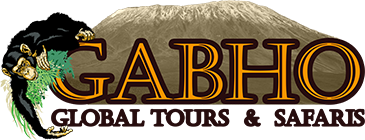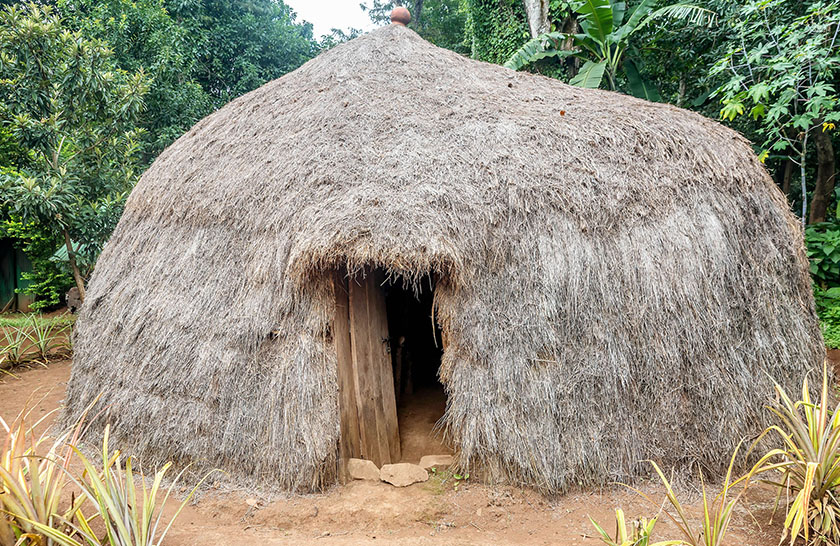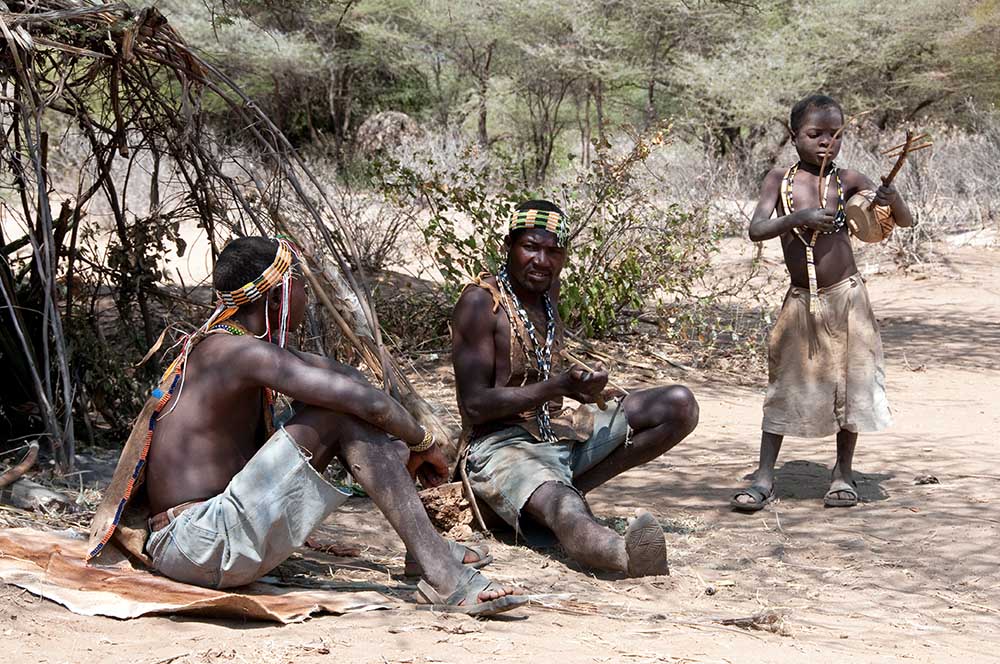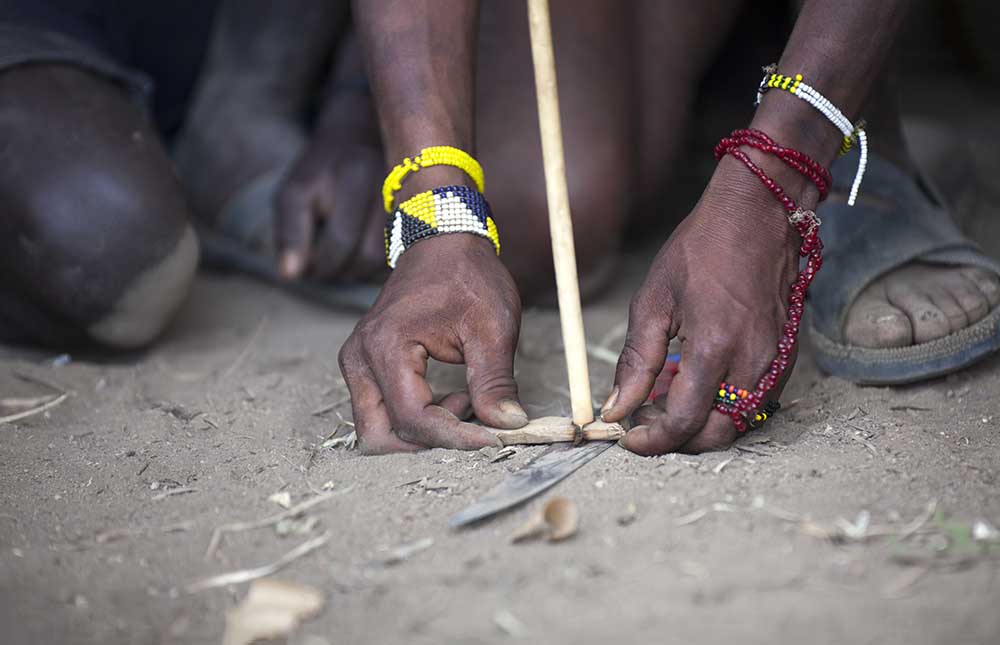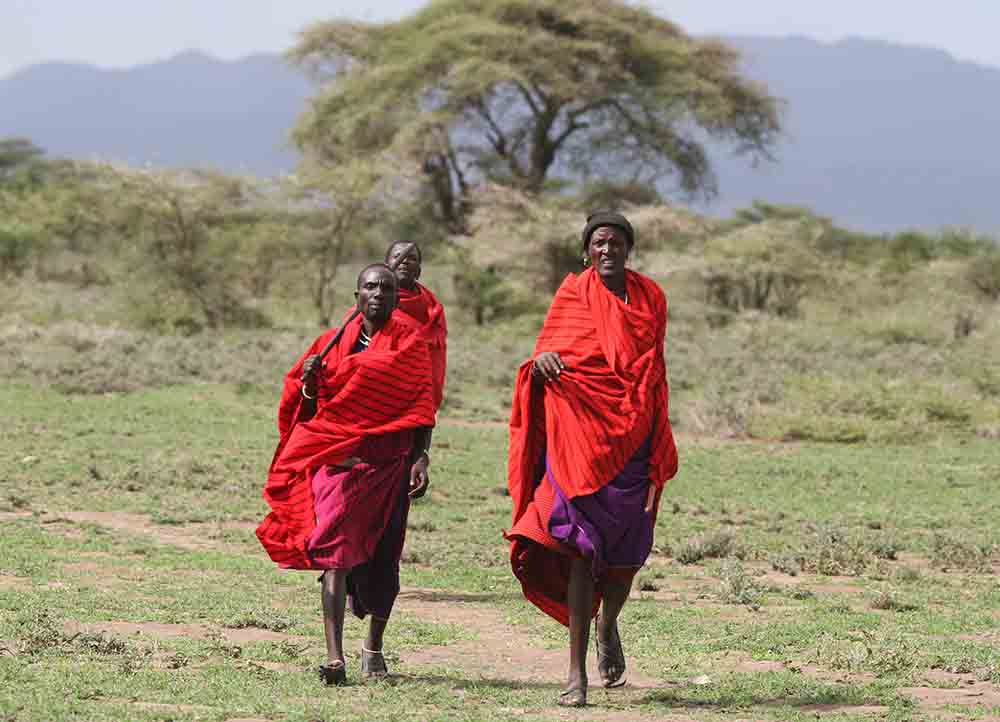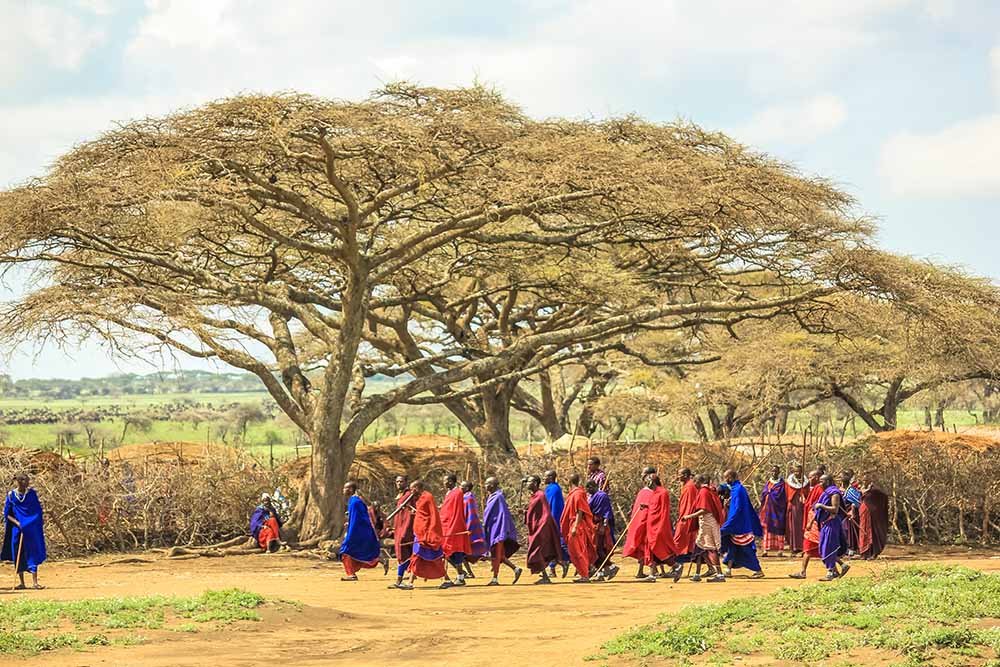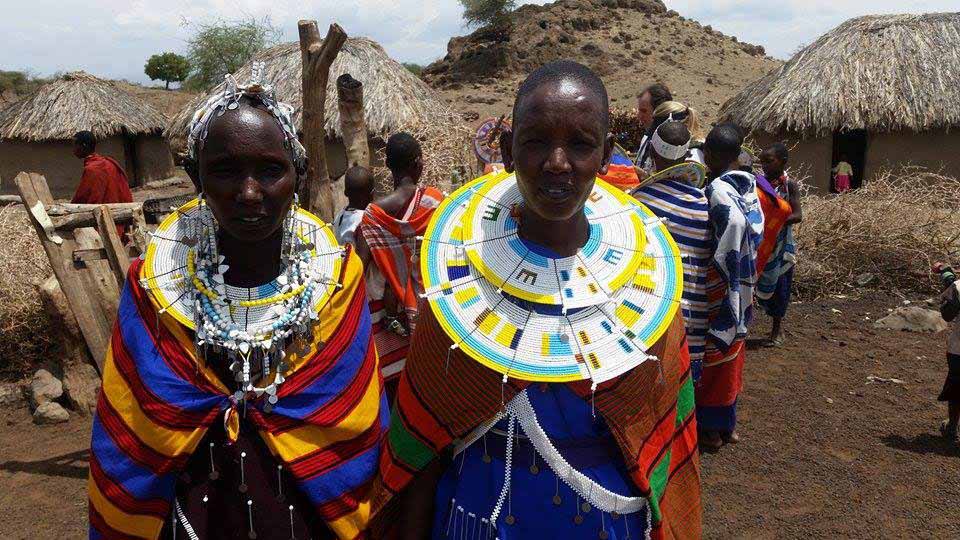For the average tourist, a visit to Tanzania usually involves trekking up to Kilimanjaro, safari to some of the world famous national parks and reserves, or fly off to Zanzibar for a couple days of beach leisure. But Tanzania is so much more than that. With a wide variety of indigenous tribes, travellers have possibility to learn about the natives lifestyle, and to meet the local people and experience the real Africa.
Maasai tribe
Although there have been many attempts by the government to »tame« the Maasai people by taking their land and turning it into national reserve parks and crop production land, they have maintained their customs and habits, traditional rituals for different rites of passage, when they shave their heads and dance in circles.
They have remained cattle breeders, eating mostly meat and milk that they produce themselves. Traditionally, the Maasai people are recognizable by wearing sandals, black, blue and red clothes, which they wrap around their bodies.
Women spend their spare time doing bead work and these accessories usually ornament their bodies, together with wooden bracelets and pierced earlobes. The Maasai have a patriarchal society and are divided into male groups, where elders usually decide on the important issues of the community.
The warriors are one of the most respected groups of the Maasai and are known world-wide. They have many privileges, since they are the only ones that can wear long hair.
The Maasai believe in one God, called” Engai”, though it has two natures; kind and vengeful. They have a “Laibon”, who is their spiritual leader. However, he doesn’t have any higher position in their community, just prophetic or healing powers.
Hadzabe tribe
The Hadza, or Hadzabe, are an indigenous ethnic group in north-central Tanzania, living around Lake Eyasi in the central Rift Valley and in the neighboring Serengeti Plateau. There are, as of 2015, between 1,200 and 1,300 Hadza people living in Tanzania, although the increasing impact of tourism and encroaching pastoralists pose serious threats to the continuation of their traditional way of life.
Genetically, the Hadza are not closely related to any other people. While traditionally classified with the Khoisan languages, primarily because it has clicks, the Hadza language appears to be an isolate, unrelated to any other. As descendants of Tanzania’s aboriginal hunter-gatherer population, they have probably occupied their current territory for thousands of years, with relatively little modification to their basic way of life until the past hundred years.
Since the 18th century, the Hadza have come into increasing contact with farming and herding people entering Hadzaland and its vicinity, the interactions often were hostile and caused population decline in the late 19th century. The first European contact and written accounts of the Hadza are from the late 19th century. Since then, there have been many attempts by successive colonial administrations, the independent Tanzanian government, and foreign missionaries to settle the Hadza, by introducing farming and Christianity. These efforts have largely failed, and many Hadza still pursue virtually the same way of life as their ancestors are described as having in early 20th-century accounts. In recent years, they have been under pressure from neighbouring groups encroaching on their land, and also have been affected by tourism and safari hunting.
Sukuma tribe
The Sukuma people comprise some 7 million people and are the largest people group in Tanzania. The Sukuma live in the northwestern part of the country between Lake Victoria and Lake Rukwa. Their major town center is Mwanza, which is situated on the shore of Lake Victoria. Sukumaland consists mainly of dry savannah or semi-desert and the climate is subtropical. The Sukuma are closely related to the neighboring Nyamwezi people group. About 80% of the people still live in rural areas, although more and more people are moving into the major cities.
Most of the Sukuma people are subsistence farmers and cattle herders with sweet potatoes and millet as staple food. The main cash crops are cotton and tobacco. The majority of Sukuma people practice and are deeply rooted in animism. Every area of life, from naming their children to planting crops, is affected by their belief in the ancestral and other spirits. The Sukuma are presently about 42% Christian, and that number has been growing significantly in recent years. However, there is still a lot of syncretism with animism in Christianity. The Sukuma people in rural areas are especially poor, but they are able to meet their own subsistence needs. However, when drought comes to this dry savannah region, as it has recently, this area is hit especially hard.
The Sukuma also have a spiritual need – to be freed from the bondage and fear of spirit beings. Much of a Sukuma animist’s life and resources is spent for the ancestor spirits and other spirit beings, because they are deathly afraid of them. Further economic detriment is caused to the society due to the view that a person must be using witchcraft if s/he is wealthier than those around him/her, so the successful move away.
Chagga tribe
The Chaga (also called Wachaga, Chagga, Jagga, Dschagga, Waschagga, or Wachagga) are Bantu-speaking indigenous Africans and the third largest ethnic group in Tanzania. They traditionally live on the southern and eastern slopes of Mount Kilimanjaro and Mount Meru and near Moshi. Their relative wealth comes from the favorable climate of the area and successful agricultural methods, which include extensive irrigation systems, terracing, and continuous organic fertilization methods practiced for thousands of years.[citation needed] They were one of the first tribes in the area to convert to Christianity. This may have given them an economic advantage over other ethnic groups, as they had better access to education and health care as Christians.
The Chaga descended from various Bantu groups who migrated from elsewhere in Africa to the foothills of Mount Kilimanjaro, a migration that began around the start of the eleventh century.
The Chaga area is traditionally divided into a number of chiefdoms. Their way of life is based primarily on agriculture, using irrigation on terraced fields and oxen manure. Although bananas are their staple food, they also cultivate various crops, including yams, beans, and maize. In agricultural exports, they are best known for their Arabica coffee, which is exported to American and European markets, resulting in coffee being a primary cash crop.
Iraqw tribe
The Iraqw, known as the Mbulu in Swahili, are a Cushitic people of the Arusha and Manyara Regions of North-central Tanzania, near the Rift Valley wall and south of Ngorongoro Crater.
Their language is distinctive from neighbouring Bantu and Nilotic language, and resembles to Arabic sound. The areas surrounding Karatu is Iraqw homeland and visitors can witness their locally developed intensive cultivation techniques.
Traditionally in conflict with the Maasai, Iraqw homesteads included underground tunnels called “aasimo”, in which they hide. Tourists can visit these maze like structures during a visit to Karatu area. It has long been known for its locally developed intensive cultivation, and referred to as an “island” within a matrix of less intensive cultivation.
The areas surrounding Karatu Town in the Arusha Region is also predominantly settled by the Iraqw tribe.
